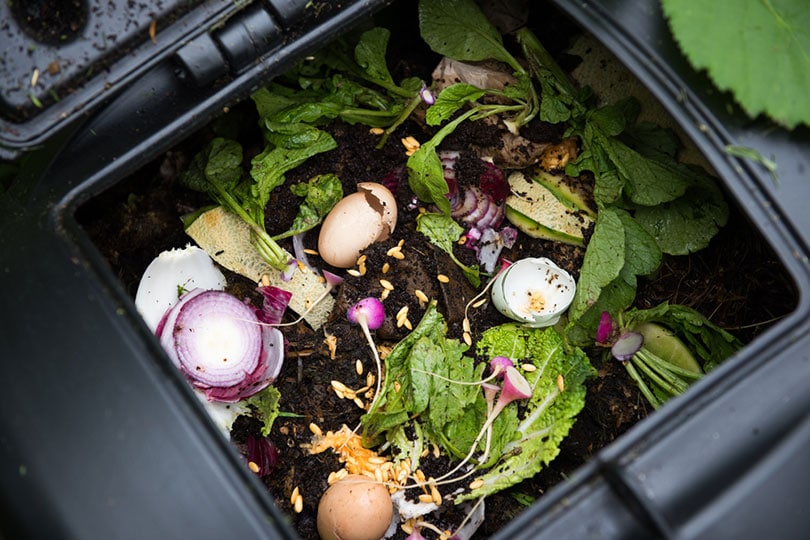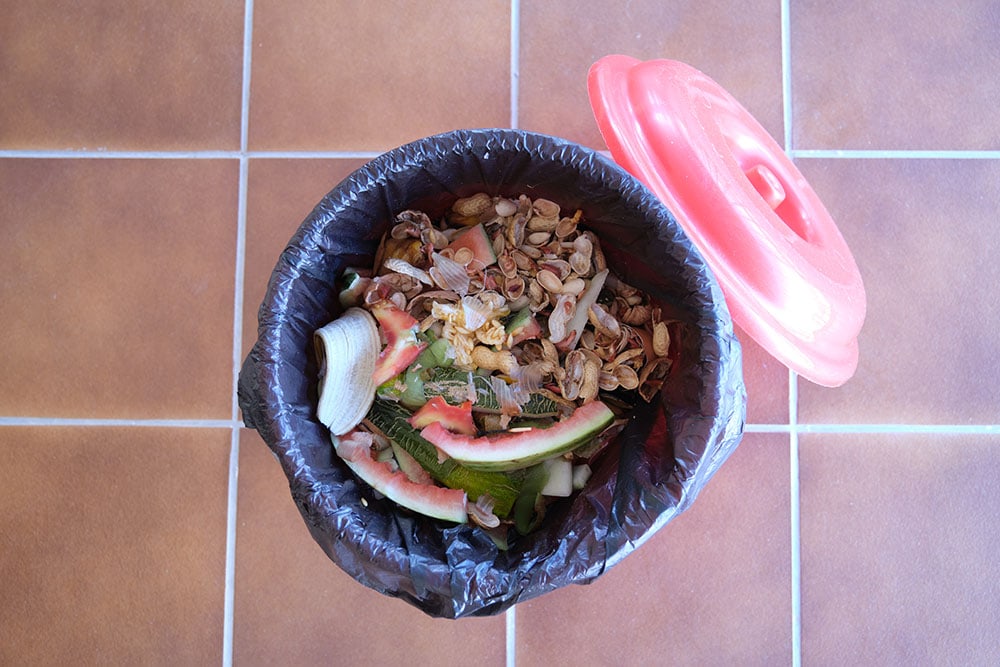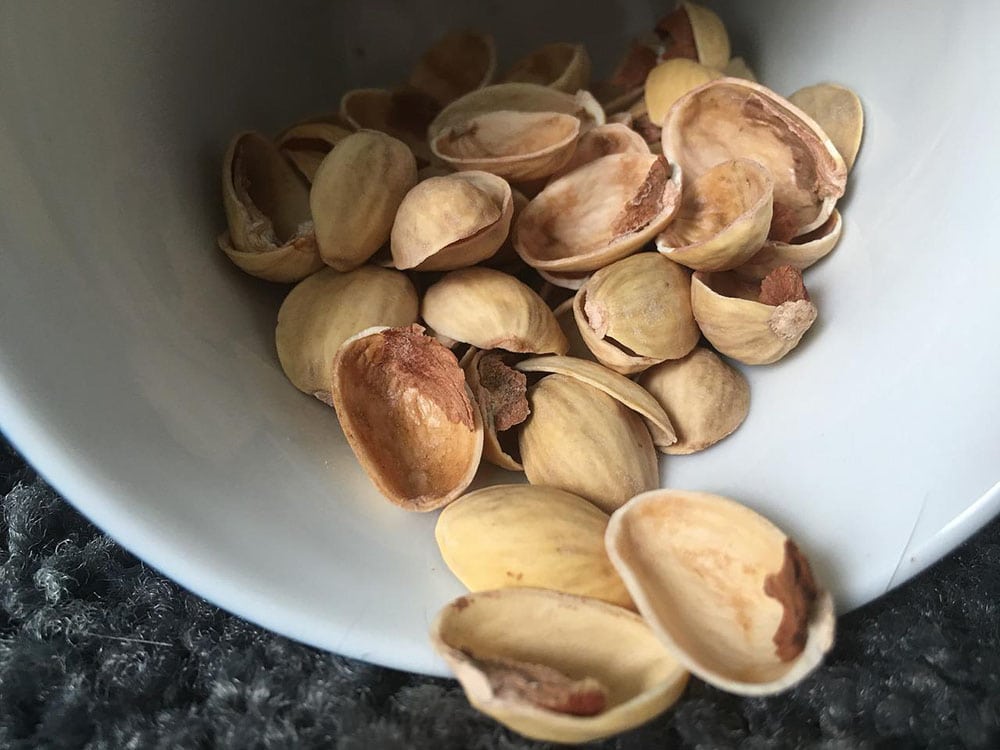Can You Compost Pistachio Shells? What You Need To Know!
-
Pete Ortiz
- Last updated:

Composting is an excellent way to deal with your food and kitchen waste safely and efficiently. It’s a rewarding habit that will provide you with a homemade organic fertilizer and provide your soil with all the nutrients it needs.
While many food scraps are compostable, some are harmful to the soil, and some unexpected waste is an excellent nutrient fuel for your soil. But what about pistachio shells? Can you compost pistachio shells?.
Pistachio shells that would otherwise be thrown out as garbage have tremendous benefits for the soil, and you can read about them in the article below.
What Makes Compost?
Composting is a way to turn organic waste into nutrient-rich fertilizer for your plants. Many food scraps and waste can safely go into the compost, but others are harmful. While you can safely compost eggshells, fruit waste, newspaper, cardboard, and hair, composting meat or dairy products will harm your heap.
Another beneficial material that can serve as compost is nutshells. Nutshells are excellent fuel for your compost bin as they are great at retaining moisture, and if you crush them into smaller pieces, they will degrade pretty fast.

Can You Compost Pistachio Shells?
Pistachios are a type of nut that contains healthy fats and are a great source of protein, fiber, and others. Aside from being healthy to eat, pistachios have many other purposes. Pistachio shells may seem like a waste that has no use, but they can be a great addition to your plant’s soil. You can use them by putting them straight in a potted plant, which will serve as excellent drainage for the soil.
Pistachio shells are also great for composting, as they belong to the type of “brown material” that is excellent for the compost pile. Brown materials are rich in carbon and will support your soil and provide it with good aeration.
How To Compost Pistachio Shells
- Collect the shells of pistachios in a container or a plastic bag.
- Soak the shells in water to make sure any excess salts are stripped away, as they may harm your soil
- Crush the shells into bits as small as possible to help speed up composting. The bigger the shells are when you first place them into the compost pile, the longer it will take for them to degrade.
- Sprinkle the shells moderately across your composting bin, being careful not to add too many shells in one place. The shells must be distributed across the pile equally to keep the balance of green-brown materials.
- It is best if you layer different materials to create a balance. After adding a layer of pistachio shells, which are brown materials filled with carbon, it is best to add a layer of green material on the top, such as food scraps, grass clippings, or coffee grounds.
- Remember to turn and tumble your pile regularly. This will provide good airflow to the soil, promote the activity of beneficial bacteria, and help the organic waste degrade faster.

Tips for Composting Pistachio Shells
- Before adding these shells to your compost pile, ensure they are unsalted. Salt may contaminate your soil, and since many plants do not enjoy too much salt, it may harm them.
- If you don’t want your composting pile to develop longer than necessary, dry the pistachio shells before adding them to the pile. The entire process may take much longer if the shells are added raw and fresh, as it will take much more time to dry them in the moist soil.
- Try breaking the pistachio shells into a powdery-like substance before adding them to the compost pile. Breaking the shells down as much as possible will ensure that the process of composting develops faster.
Benefits of Composting Pistachio Shells
- Composting helps with enriching the soil. With added compost, it will retain extra moisture and reduce plant diseases
- Reduces methane emission and uses of chemical fertilizers
- Reduces organic waste
- Composting helps with creating humus-like soil, which is rich in nutrients

Drawbacks Of Composting Pistachio Shells
- It will take a long time for the shells to break down. There is a way to speed up the process of degrading nutshells—crush them down to a powder before adding them to the compost pile.
- Most plants are sensitive to salt, so adding salted pistachio shells can harm your plants, especially the younger ones. If they are salted, they may ruin the salt balance in your soil.
Final Thoughts
Composting is a fantastic way to lower the carbon footprint we all make and ensure we become the best version of ourselves when making eco-friendly choices. This article went over some basics of composting that you will need to know before beginning to compost pistachio shells.
These basics may help you in the long run since there are some tips for composting that you need to learn. If you are looking for a safe and eco-friendly way to deal with the food waste you produce daily, composting is the best solution.
Featured Image Credit: 174695, Pixabay
Contents



